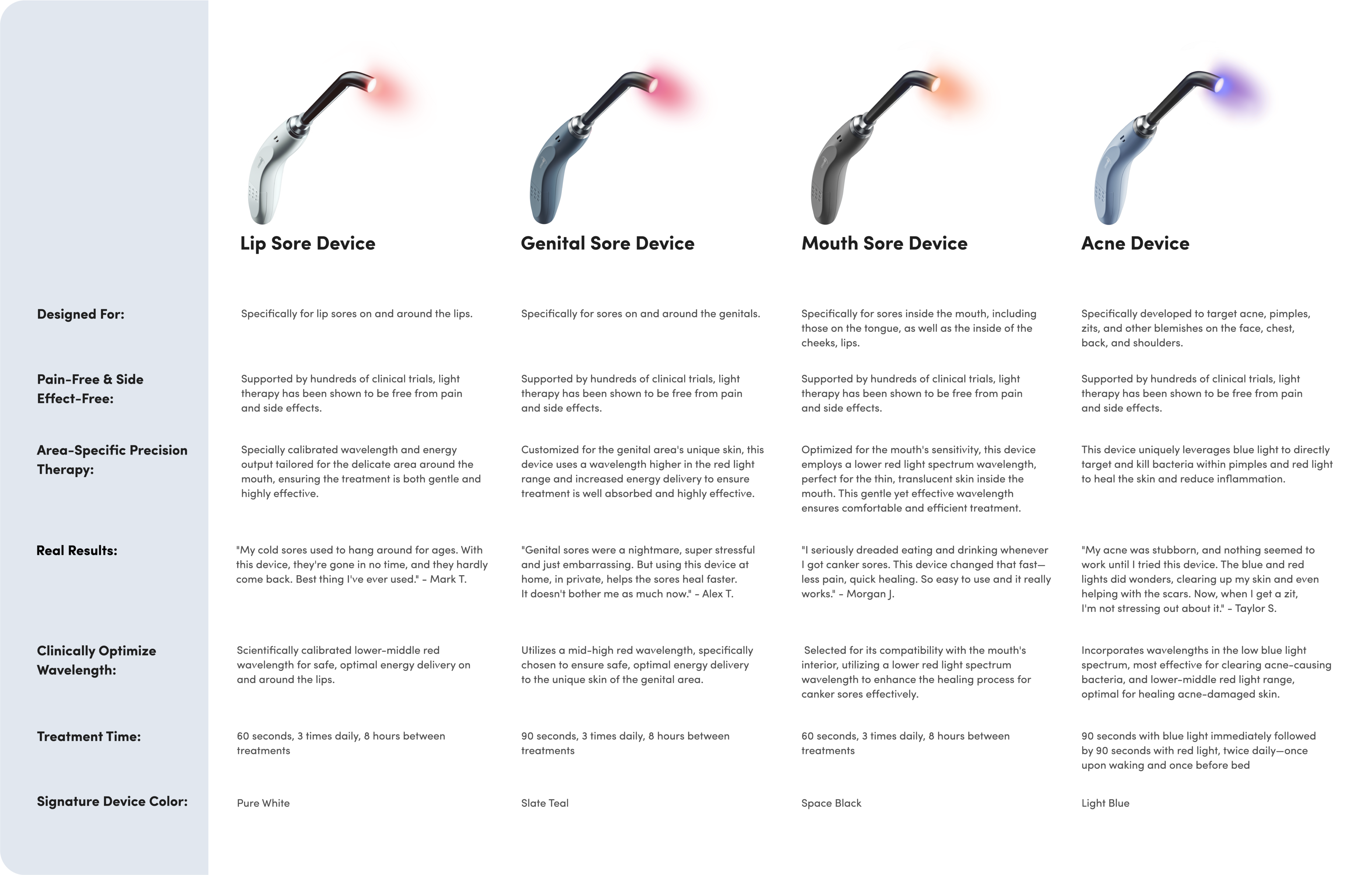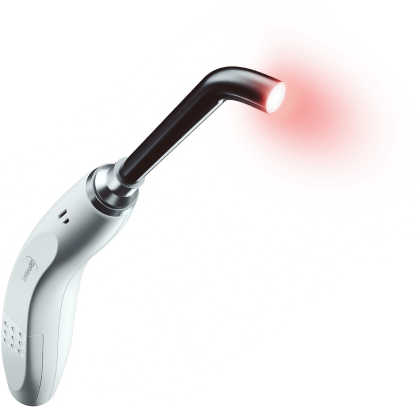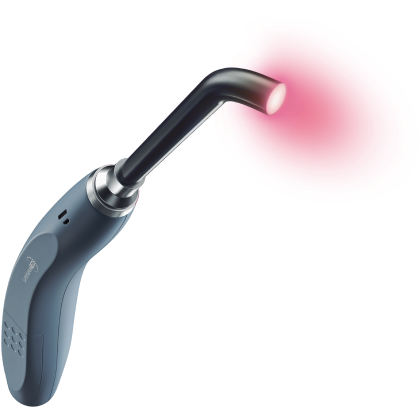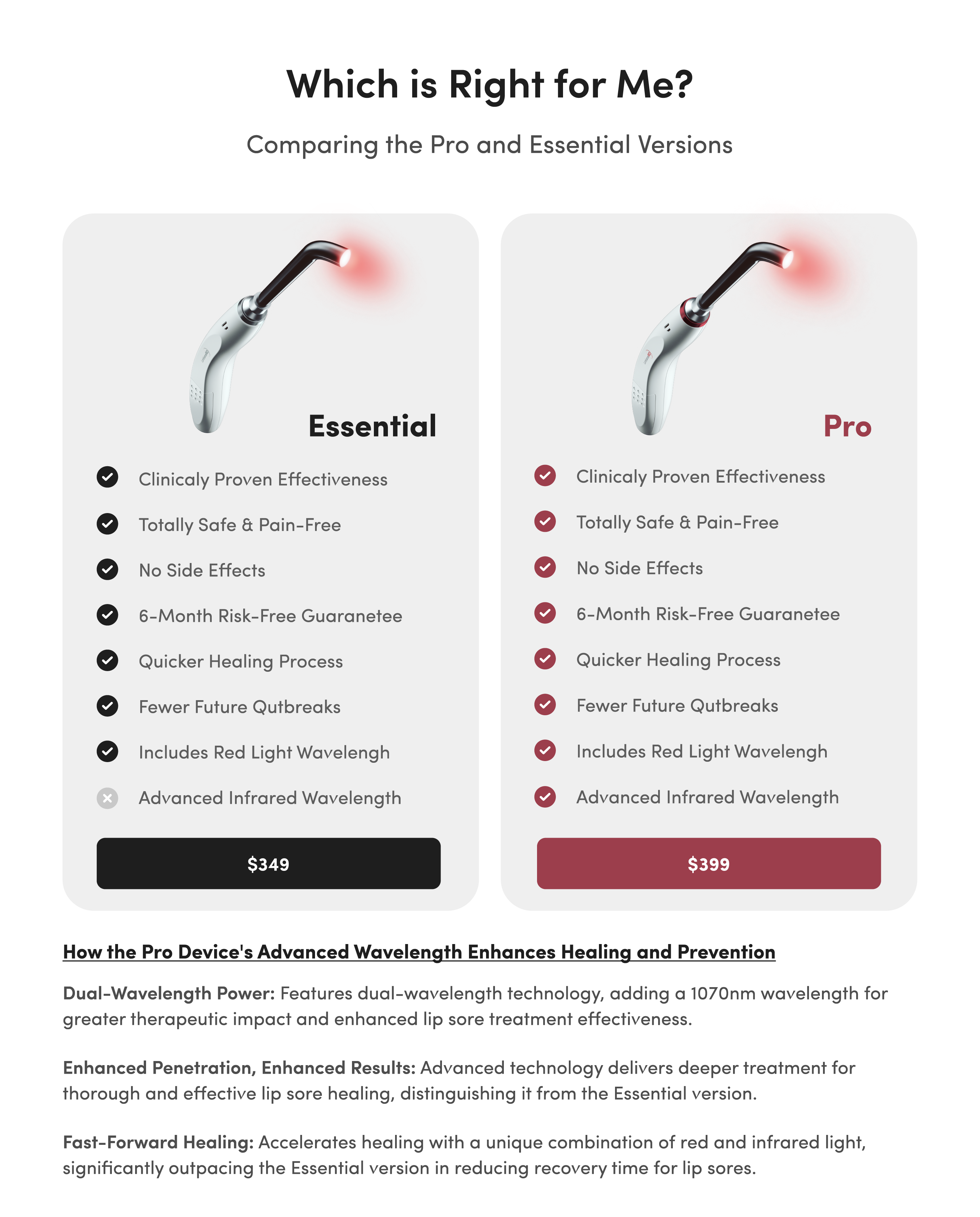How to Get Rid of Redness From Acne

If you have acne-prone skin, you know a breakout can be embarrassing, painful, and just plain hard to deal with. For many acne sufferers, breakouts that come with excessive redness add insult to injury — and sometimes, even the most elaborate skincare routine won’t return your face to its natural hue.
Redness from acne is an irritating symptom that can cause embarrassment and leave you reaching for concealer. Thankfully, there are viable treatments available not just for covering up redness, but for reducing and even conquering it!
If you’d like to learn how to get rid of redness from acne, keep reading.
Redness From Acne
Just like bruises on the body result from injury, redness on the face results from trauma to skin cells. One common trauma is the development of acne — papules, pustules, cystic acne, etc.
When the bacteria Propionibacterium acnes, or P. acnes, gets trapped inside pores clogged with dirt, excess oil, and dead skin cells, the skin around it becomes inflamed. Inflammation is part of the body’s natural immune response to trauma and infection. Unfortunately, inflammation also causes that unsightly acne redness we’re so familiar with.
If inflammation goes on for too long, it can actually harm the skin, leading to lingering red blotches even after the breakout heals. The medical term for this is post-inflammatory hyperpigmentation.
A guaranteed way to increase acne redness is to pick at breakouts, either with your fingers or with a tool like tweezers. Picking at your acne stretches and further damages the already inflamed tissue, disrupting your skin’s natural healing process and leaving a mark that lasts long after the acne disappears. Picking also creates an enlarged hole over your blemish, leaving your skin vulnerable to infection.
Even if you aren’t a chronic picker, cherry-red blemishes are a completely normal feature of acne that can last for days or weeks.
How to Get Rid of Redness From Acne
There are a variety of prescription and non-prescription treatment options to help you achieve clear, healthy skin. It may take some trial and error, but with so many products available, you’ll likely find at least one that helps!

Prescription Options
Discovering how to get rid of redness from acne may be as easy as scheduling an appointment with your doctor. A trusted dermatologist can walk you through the many prescription options for treating redness from acne and help you decide which is best for you.
You’ll be introduced to five types of prescription options:
- Topical retinoids: These products boost cellular turnover, aid in healing, and increase collagen production, all of which can effectively treat redness from acne. Prescription retinoids are stronger than what’s available over-the-counter, so even if you’ve tried other products, a prescription topical retinoid may be worth a shot.
- Benzoyl peroxide: Similar to retinoids, a prescription option for a benzoyl peroxide ointment will be stronger than what you can buy over the counter. This ingredient is effective at treating inflammatory lesions caused by acne.
- Azelaic acid: If you have sensitive skin, you might opt for a prescription azelaic acid ointment. This ingredient works very well to get rid of inflammation and redness from acne.
- Topical antibiotics: Your doctor can prescribe a topical antibiotic to kill acne-causing bacteria on your skin, helping reduce acne breakouts along with their inflammation and redness.
- Oral antibiotics: If topical antibiotics don’t do the trick, your doctor may recommend an oral antibiotic such as doxycycline or minocycline to combat acne-causing bacteria.
Non-Prescription Options
Don’t want to go the prescription route? Plenty of over-the-counter products contain active ingredients that can address acne and get rid of the redness it causes. Check labels for ingredients like:
- Salicylic acid, which fights inflammation and redness and is most effective at levels of 0.5–5%.
- Niacinamide, which is a kind of vitamin B that reduces inflammation and redness. Look for formulas with at least 2% niacinamide.
- Hyaluronic acid, which is effective for treating redness from acne largely because it is incredibly hydrating for your skin. Some acne treatment options can be drying and increase redness temporarily, so using a moisturizer with hyaluronic acid will ensure you don’t have to add dryness to your list of skin concerns!
No matter what non-prescription option you choose, make sure your products are non-comedogenic, meaning they won’t clog your pores, and hypoallergenic, meaning they’re less likely to cause an allergic reaction.
Non-Pharmaceutical Options
If you’d rather avoid applying potentially harsh chemicals to your face, you have some excellent non-pharmaceutical options to choose from.
- Cold. To fight inflammation and redness, apply an ice pack to the affected area for about 10 minutes. This is a short-term solution that calms inflammation and eases irritation.
- Light therapy. Studies show that specific wavelengths of medically optimized light can have a healing effect on the skin. Light therapy devices like the Luminance RED are designed specifically to target acne-causing bacteria, reduce inflammation, and promote the healing of acne lesions.
Be Careful in the Sun
A final piece of advice for how to get rid of redness from acne: always be mindful of sun exposure!
There’s a widespread belief that if you spend more time in the sun — or in a tanning booth — you’ll even out your skin tone and won’t have to worry about redness from acne any longer. But the opposite is actually true.
Though certain wavelengths of light can be beneficial, sunlight contains ultraviolet (UV) rays, which are damaging to the skin. So, a few minutes of sun exposure doesn’t just worsen an acne breakout, it can also increase acne-related redness.
If you want to get rid of redness from acne, be sure to include a non-comedogenic, SPF 30 or higher sunscreen in your regular skincare routine.
How to Get Rid of Redness from Acne: Final Thoughts
We hope the tips in this post have helped you learn how to get rid of redness from acne!
One final note: Always consult with a trusted dermatologist before making any drastic changes to your skincare routine. They can advise you on what’s best for your skin and situation. With their help, you can make redness from acne a thing of the past!













